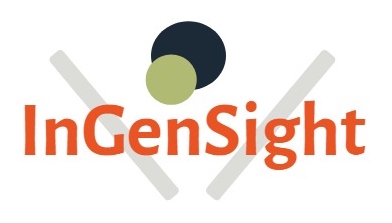Comparing three approaches
Traditionally, companies approach content marketing strategies in two basic ways: leveraging in-house resources or outsourcing the process to PR or marketing agencies. Both of these approaches can have drawbacks. We believe a hybrid strategy is the optimal approach.
Creating Content In-house
Many companies lean on employees or create whole departments to develop and deliver content.
Benefits
- Internal employees better understand the corporate messaging, culture, and products.
Drawbacks
- Internal employees often do not have the time to devote to consistently creating content.
- Often employee-created content is too product-centric and less focused on the needs of their audience.
- Creating dedicated internal teams can be expensive.
- Relying exclusively on in-house talent makes scaling up or down your content stream difficult.
Outsourcing to PR or Marketing Agency
Other companies will hire agencies to handle much, if not all, of the process.
Benefits
- Agencies can create well-written content quickly and regularly.
Drawbacks
- In many cases, PR firms do not have the industry expertise to create insightful and informative content. Often PR-generated content is generic and shallow.
- Without industry expertise, these PR firms don’t speak the same language as your audience.
- PR firms can also be very costly.
- Generic content may attract hits to your site, but these audiences are often not the ones you need to engage.
Our Hybrid Approach
Our approach to content creation is to deliver the benefits of an in-house and PR-based model with a more collaborative strategy. We can work on a contract or retainer basis, helping out at any stage of the process.
Benefits
- Captures employee expertise and corporate voice.
- Does not take employees from day-to-day activities, and content can be created regularly.
- Content is unique and expert-grade.
- Services can be scaled up and down.
